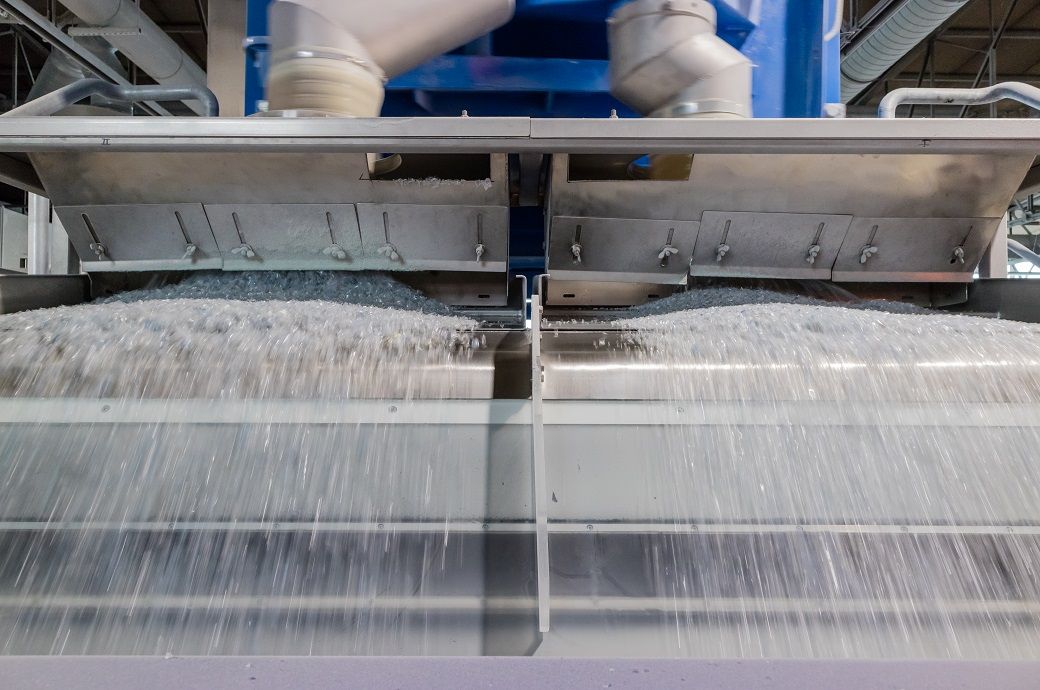:max_bytes(150000):strip_icc():format(jpeg)/Health-GettyImages-2172967835-6e32c71a33844f278ff9c8e80abb6cfb.jpg)
MASH is the new term for NASH. MASH stands for metabolic dysfunction–associated steatohepatitis, a type of liver disease. The liver disease used to be referred to as non-alcoholic steatohepatitis, or NASH. The change from NASH to MASH took place in 2023 to better reflect the actual cause of the liver disease and to destigmatize the condition.
There is no difference between NASH and MASH. They describe the same disease. The transition to the name MASH was done to take away some of the stigma associated with older terminology.
The old terminology: Non-alcoholic steatohepatitis (NASH) is a severe form of non-alcoholic fatty liver disease (NAFLD) where, along with fat build-up, there may be liver inflammation and damage.
Here were the issues with those older terms:
- The words “non-alcoholic” and “fatty” can feel negative or confusing. They can make people feel judged, create mistrust between healthcare providers and people, and lead to under-treatment.
- The terminology excluded people who drink alcohol in small or moderate amounts. These people were left out of research studies and treatment trials, even though they were often at higher risk of serious liver problems.
The new terminology: Metabolic dysfunction–associated steatohepatitis (MASH) takes away the stigmatizing word “alcoholic” that the original terms had. There was also a name change to the umbrella condition. NAFLD is now known as metabolic dysfunction-associated steatotic liver disease (MASLD). This takes away the stigmatizing terms of “alcoholic” and “fatty.”
The name change push began in 2020 following the introduction of the term metabolic dysfunction-associated fatty liver disease (MAFLD) in a research paper. The name changes of NASH to MASH and NAFLD to MASLD (updated from MAFLD) were officially adopted in June 2023.
The name change from NASH to MASH took place using the Delphi process. The Delphi process is when a panel of experts come together to forecast what effects a change, like a terminology change, may have.
The experts determined that the name change could have benefits, including improved understanding of the causes, diagnosis, and treatment of this type of liver disease.
In making their decision to change NASH to MASH, they updated the diagnostic criteria. To be diagnosed with MASH, someone must have steatosis (fat in the liver) as well as at least one of five cardiometabolic risk factors. So now, the condition name and the diagnostic criteria connect liver disease to metabolic factors, something the older term NASH did not mention.
Since the name change went into effect, research shows the change has been largely successful, with virtually all patients in clinics, research databases, and community programs successfully transferred from being labeled as having NASH to MASH.
Adopting new terminology can always be challenging since it can take time for everyone—healthcare providers and patients—to familiarize themself with the change.
The challenges and drawbacks that have come with the changing NASH to MASH include the following:
- The expert group had different opinions on what the name should be. When it came to the umbrella term, some recommended MAFLD, while others preferred to stick with the existing name, NAFLD.
- Some experts in the naming group, especially endocrinologists and pediatric healthcare providers, felt the term “metabolic” difficult to define. A large majority supported using the word “metabolic” since it gave people an understanding of the cause of liver disease.
- The development of new terminology could impact biomarker development and the understanding of liver disease’s natural history, which took decades to establish.
- The International Classification of Diseases (ICD) coding, as well as billing/coding with groups like the Centers for Medicare and Medicaid Services, have to be updated.
Overcoming the Challenges
Significant efforts are being made to address the challenges.
Major societies, including the American Association for the Study of Liver Diseases, have formally adopted the new terminology.
Work has begun to change ICD coding and billing/coding with national and international entities. Experts are working to incorporate the name and diagnostic changes into medical school curricula and other areas of medical education to ensure future healthcare providers learn and use the new terms.
Although the change from NASH to MASH seems new and different, in the long run, it will help in the prompt diagnosis and accurate treatment of liver disease. You can expect healthcare providers and advocacy groups to continue to educate the wider community about the name change.
The expert group behind the decision says the name change shouldn’t impact biomarker development or any regulatory process, so research into MASH should largely continue as it has been.
Metabolic dysfunction–associated steatohepatitis (MASH) is the term that replaced non-alcoholic steatohepatitis (NASH). A panel of experts decided the name change is less stigmatizing and more accurately describes the cause of the liver disease.
Although it may take some time for all healthcare providers and the public to adopt the new term, efforts are underway to speed up the process. For example, researchers and major liver societies have formally adopted it and use it when passing out information to the public.

:max_bytes(150000):strip_icc()/Health-GettyImages-1477308055-726a7315cec24dda87dfd0abb06d7ea0.jpg)


:max_bytes(150000):strip_icc()/Health-GettyImages-2172967835-6e32c71a33844f278ff9c8e80abb6cfb.jpg)
